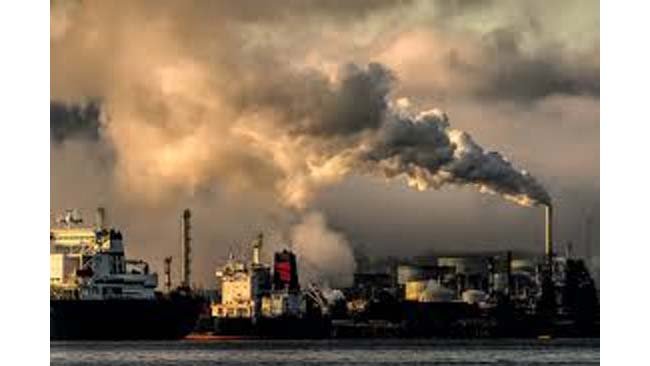
Jaipur, February 2025.
A pioneering study led by researchers from the Indian Institute of Technology Kanpur (IIT Kanpur), in collaboration with the University of Birmingham, has identified industrial and traffic-related emissions as the primary contributors to air pollution in Jaipur. The study, published in the peer-reviewed journal Atmospheric Environment, employs a network of low-cost sensors (LCS) to monitor air pollution in real-time, significantly enhancing data collection for urban air quality assessment.
Conducted over a year, from March 2022 to February 2023, the study analyzed PM2.5 concentrations at 30 sites across Jaipur, categorizing them by activity zones such as industrial, commercial, residential, and traffic-heavy areas. The findings reveal a stark seasonal contrast, with PM2.5 levels being lowest during the monsoon season (25.64 ± 10.55 µg/m³) and peaking in winter (83.07 ± 44.65 µg/m³). The study attributes these fluctuations to a combination of meteorological factors, emission sources, and long-range pollutant transport.
Key Findings:
● PM2.5 concentrations were highest in industrial zones across all seasons, followed by traffic-heavy areas.
● Wind speed played a crucial role in pollutant dispersion, with lower speeds leading to higher PM accumulation.
● Monsoon rains contributed significantly to the reduction of airborne particles, whereas post-monsoon and winter conditions favored accumulation.
● Peak PM2.5 concentrations occurred in the early morning (6:00–9:00 AM) across all monitored sites, attributed to human activities and meteorological conditions.
“Our year-long study in Jaipur has revealed significant seasonal variations in PM2.5 concentrations, with levels peaking during winter months and reaching their lowest during the monsoon season. This fluctuation is closely linked to meteorological factors such as wind speed, which influences pollutant dispersion, and precipitation, which aids in particulate matter reduction,” said Professor Sachchida Nand Tripathi, Corresponding Author of the study, Expert Committee Member for the National Clean Air Programme (NCAP), and Dean of the Kotak School of Sustainability at IIT Kanpur.
He added that by deploying a network of low-cost sensors across various city zones, the study captured high-resolution air quality data highlighting the critical impact of industrial activities and vehicular emissions on urban air pollution. “These insights are invaluable for formulating targeted policy interventions aimed at mitigating pollution sources and improving public health outcomes.”
The study highlights that industrial and traffic-related emissions are the dominant sources of pollution in Jaipur. “Our findings indicate that industrial areas consistently recorded higher PM2.5 concentrations due to vehicular movement, stack emissions, and fuel combustion. Traffic congestion and resuspended road dust also contributed significantly to the pollution burden,” said Professor Tripathi.
“The findings of this study reinforce the urgent need for targeted interventions to combat air pollution in Jaipur. Our research provides actionable insights for policymakers. Using low-cost sensors can bridge critical data gaps and help implement real-time, evidence-based interventions,” said Dr. Ravi Sahu, a co-author from the University of Birmingham.
The research was conducted under the ATMAN (Advanced Technologies for Monitoring Air-quality Indicators) Initiative, supported by Ericsson India and Bloomberg Philanthropies. The Rajasthan State Pollution Control Board (RSPCB) facilitated the installation of low-cost sensors provided by Respirer Living Sciences at Continuous Ambient Air Quality Monitoring Stations (CAAQMS) for data validation.
Ronak Sutraia, CEO and Founder of Respirer Living Sciences said, “Enhanced air quality monitoring using low-cost sensor networks can provide better spatial coverage, allowing for data-driven policymaking. Stricter emission controls in industrial zones and improved traffic management policies are crucial to reducing pollution levels. Additionally, increasing green cover and implementing urban planning measures will be key to mitigating pollution hotspots and improving overall air quality.”
The study represents a significant step forward in urban air pollution monitoring in India. It demonstrates how cost-effective technologies can improve environmental governance and public health outcomes.